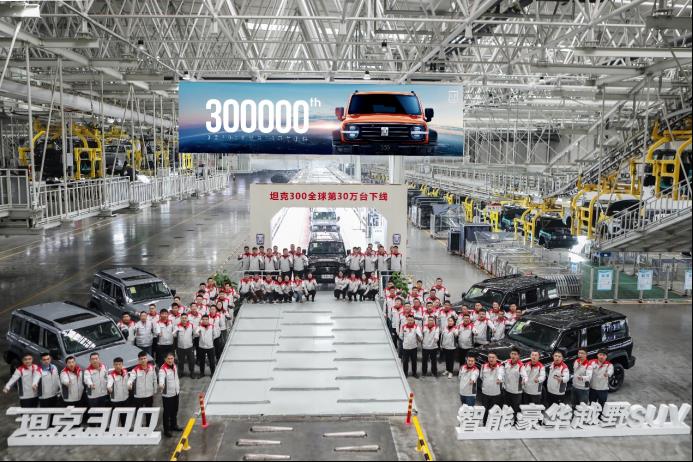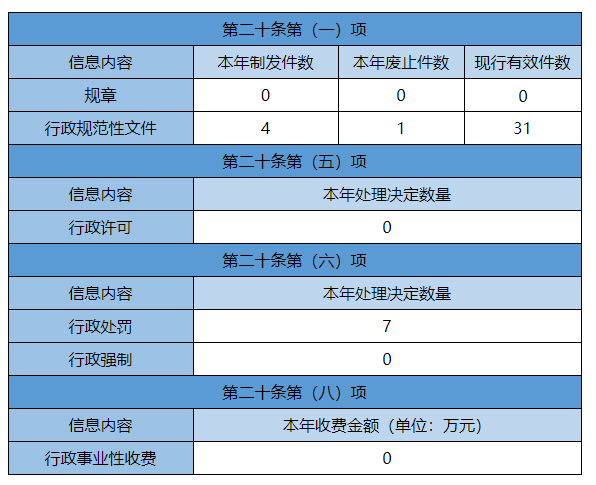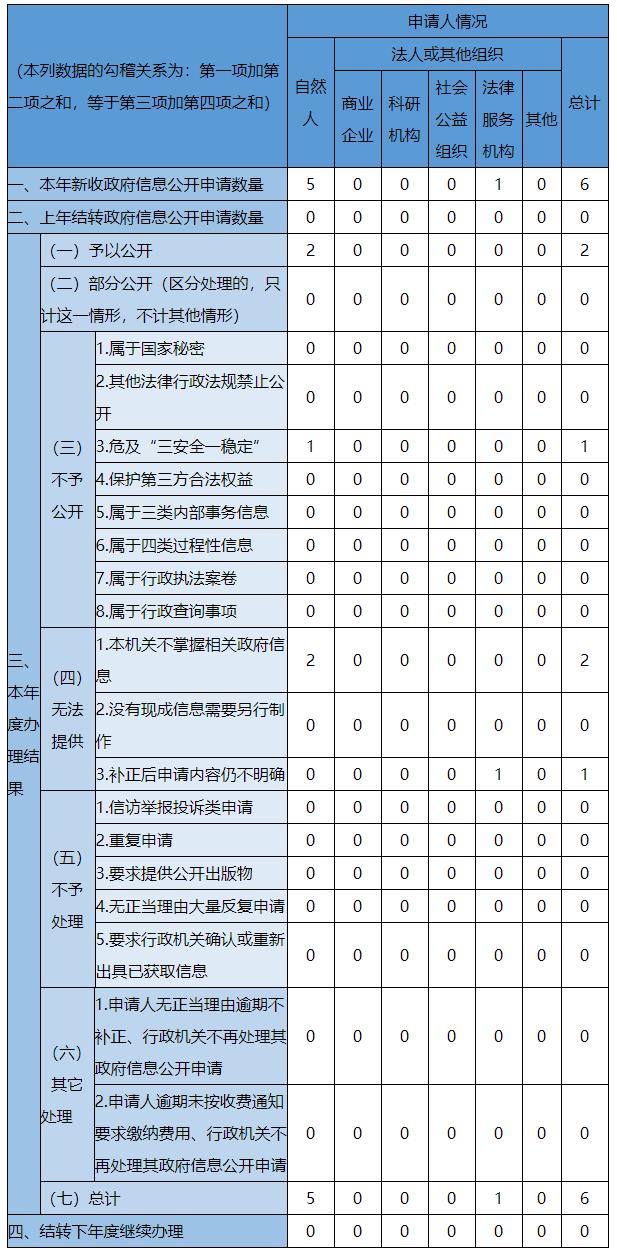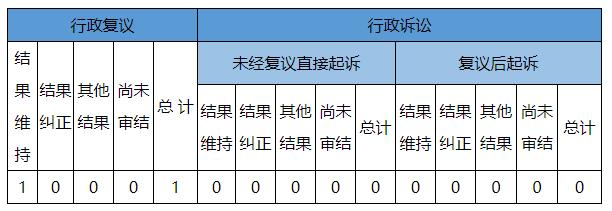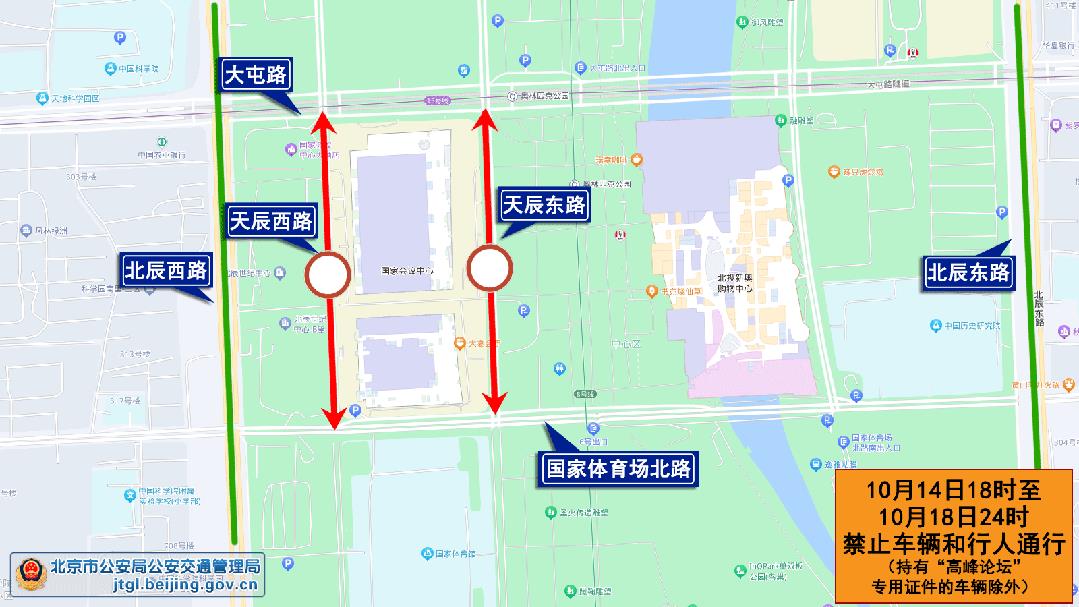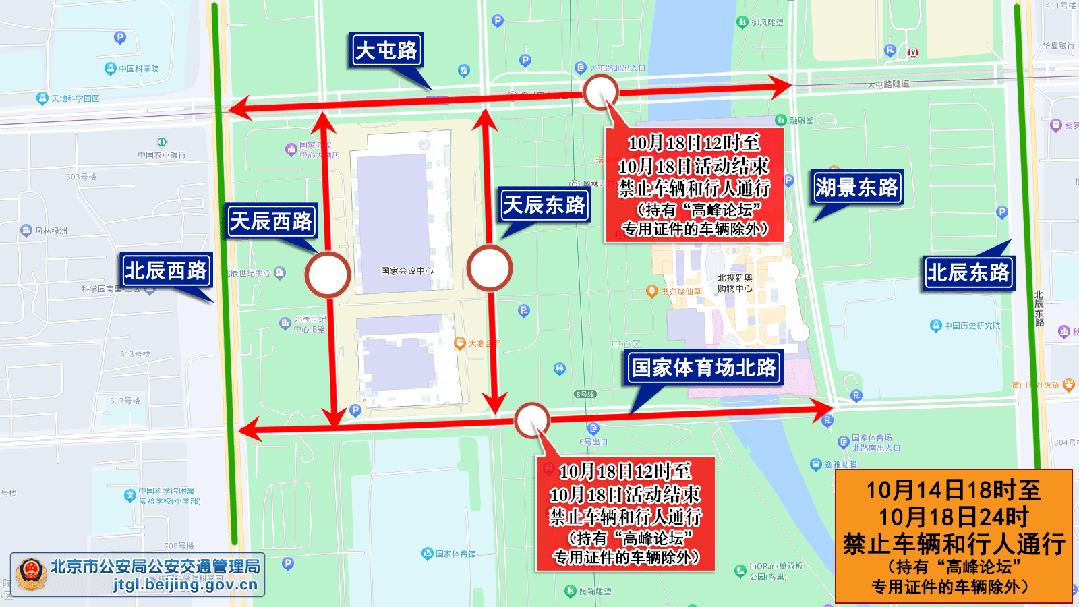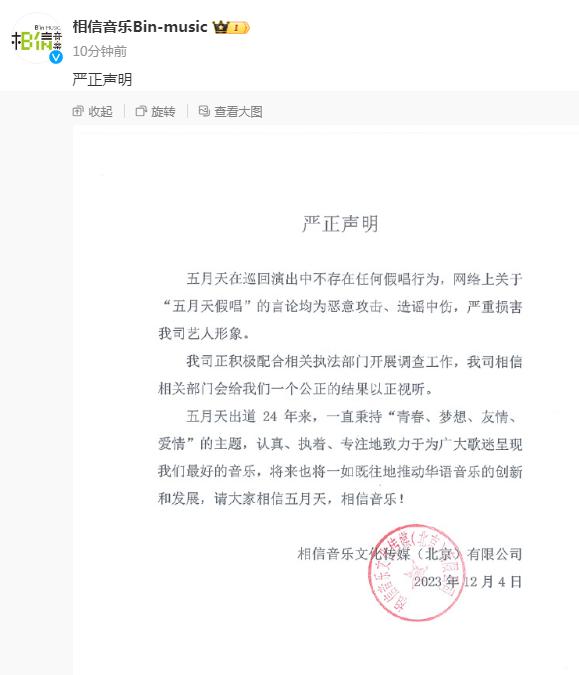On Monday, November 30th, 2020, the State Council Press Office held a routine briefing on the State Council policy, and invited Ye Jianchun, Vice Minister of Water Resources, Li Mingchuan, Head of Rural Economic Department of National Development and Reform Commission, Wu Qixiu, Director of Agriculture and Rural Department of Ministry of Finance, and Ruan Limin, Director of Operation and Management Department of Ministry of Water Resources, to introduce the situation of dangerous reservoirs and take questions from reporters.
[Xinhua News Agency China Economic Information Agency reporter]At present, more than 98,000 reservoirs of various types have been built in China, with remarkable economic and social benefits. What important role does the reservoir play in people’s production and life? This year, the climate in China is generally biased, and the rain and flood are rare for many years. What role has the reservoir project played in the prevention of floods and droughts?
[Ye Jianchun, Vice Minister of Water Resources]We have now built more than 98,000 reservoirs, which mainly have five functions: First, flood control. We have talked a lot about the flood this year. The second is water supply. The third is agricultural irrigation. The fourth is people’s livelihood. The fifth is to improve the ecological environment.
The first is flood control. The reservoir is our trump card for flood control. The rainfall in our country is unevenly distributed. About 80% of the water in the flood season, if it is not impounded by the reservoir, the flood on the river will be as high and low as the water from heaven. Therefore, the reservoirs we have built for more than 70 years have a total storage capacity of more than 930 billion cubic meters, of which more than 180 billion cubic meters can be used to regulate floods during the flood season. We call them flood control storage capacity. It is the first and most important function to stop the relatively high flood in the reservoir through the flood control storage capacity, which means the so-called peak shifting and peak clipping. It is the first and most important function to lower the downstream river embankment with a suitable amount of water.
The second is water supply. The water impounded by the reservoir has a storage capacity of 930 billion cubic meters, of which 180 billion cubic meters is for flood control, and other storage capacities can also play a role in water supply. We now supply more than 270 billion cubic meters of water to large and medium-sized reservoirs throughout the year, accounting for about 40% of the total water supply. On the one hand, reservoirs are used as water sources in many cities. On the other hand, many reservoirs are the source reservoirs of major water transfer projects, such as Danjiangkou Reservoir, which is the source of our South-to-North Water Transfer Project. In recent years, Danjiangkou Reservoir has played a very important role in the middle route water transfer.
The third is agricultural irrigation, which is more remarkable. We have more than 1 billion mu of cultivated land, and some of them have no irrigation capacity. Among those with irrigation capacity, there are more than 350 million mu of irrigation controlled by large and medium-sized reservoirs, accounting for about 30%. Numerous small reservoirs are also important water sources in rural areas, which play an active role in drought resistance and disaster reduction, drinking water safety for rural population and food security.
The fourth is to improve people’s livelihood, and the benefits in this regard are also obvious. Because most reservoirs are in rural areas, especially small reservoirs are mainly in rural areas, farmers rely on these reservoirs to play a lot of roles. If there is no requirement for drinking water in this reservoir, farming is ok, and tourism is ok, which can increase the benefits of agriculture and farmers’ income, and will play a positive role in rural economic development and rural revitalization in the next step.
The fifth is ecological benefits. Reservoirs have a certain effect on cooling, humidifying and purifying the surrounding environment. Of course, the size of different reservoirs is different in different regions.
We have introduced a lot about this year’s flood. Now that the flood season is over, let’s summarize this year’s situation. This year’s flood is the worst since 1998, and the reservoir has really played a very important role in flood control and flood fighting. We have had 21 numbered floods this year, compared with 20 in 1998. A total of 18,000 reservoir dispatching orders have been issued in all river basins, provinces, cities and counties. 4042 large and medium-sized reservoirs have been dispatched, and a total of 178.1 billion cubic meters of flood water has been impounded. The towns were flooded 1334 times, and the cultivated land was 34.15 million mu, avoiding the transfer of 22.13 million people. If the 22.13 million person-times were not due to the operation of the reservoir and more irregular and uneven water came down, these people would face the transfer. Due to reasonable regulation, these people did not transfer. It is particularly worth mentioning that there were five numbered floods in the Yangtze River this year, and the reservoirs in the upper and middle reaches intercepted a total of 49 billion cubic meters, of which 25.4 billion cubic meters were intercepted by the Three Gorges Reservoir alone, and the five flood peaks were released to the downstream smoothly and orderly. If these five flood peaks are not stopped, it will be disastrous for the downstream. The Three Gorges Reservoir and the reservoir cluster have played an important role, effectively reducing the downstream pressure.


